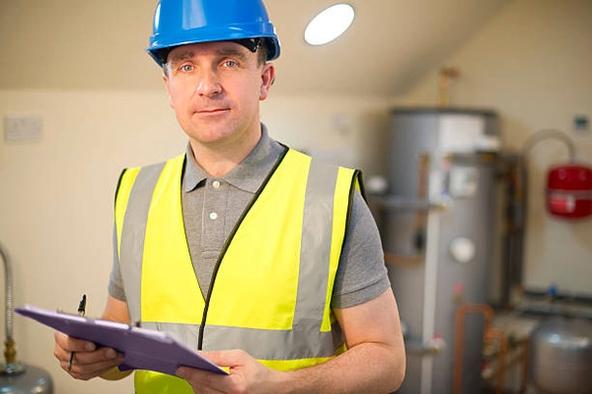We get it: you’re working to tight deadlines, managing multiple stakeholders, and expected to design systems that perform flawlessly once installed. The last thing you need is a heat pump under-delivering, an EPC score falling short, or a coordinator review coming back with gaps in the evidence pack.
When you’re specifying low-carbon systems, the risks multiply. You’re often relying on incomplete site data, inconsistent fabric information, or assumptions about ventilation and heat loss that don’t hold up once the system is installed.
If the real-world performance doesn’t match the design, you’re left dealing with inefficiencies, customer complaints, and costly redesigns - even when the installation itself was sound.
Build Test Solutions removes that uncertainty.
Our measurement tools give you fast, dependable insights into the building’s actual thermal performance, making it easier to size heat pumps correctly, validate pre- and post-retrofit assumptions, and ensure every project stands up to compliance and audit requirements.
With simple deployment, clear outputs, and results that integrate directly into your design and evidencing workflows, BTS enables you to base decisions on measured performance rather than guesswork. You reduce risk, avoid oversizing or under-delivering systems, and gain the confidence that your designs will perform as intended.
How can BTS tools help?
By using Build Test Solutions, you strengthen your specifications, streamline PAS 2035 processes, and deliver retrofit and heat pump projects that work in the real world, first time.
- Catch hidden issues early, before they become expensive problems
- Prove compliance with PAS 2035 targets: airtightness, heat loss & U-values
- Train your crews on-site with quick to learn, easy to use equipment
- Avoid disputes and rework with data-backed handovers every time
- Win more tenders by backing up your quotes with performance evidence
The ROI you can show

Build Test Solutions’ data loggers give us an extra data point for accurate heat loss calculations, making it easier to size heat pumps and emitters correctly for our customers. - UK-based installer


